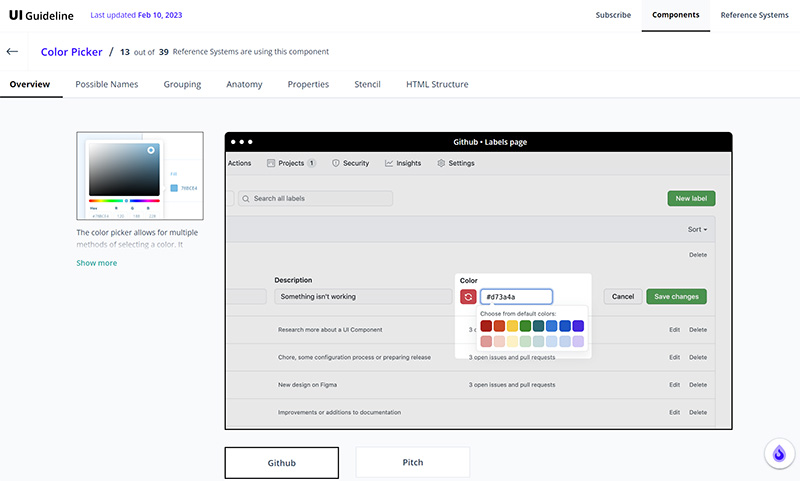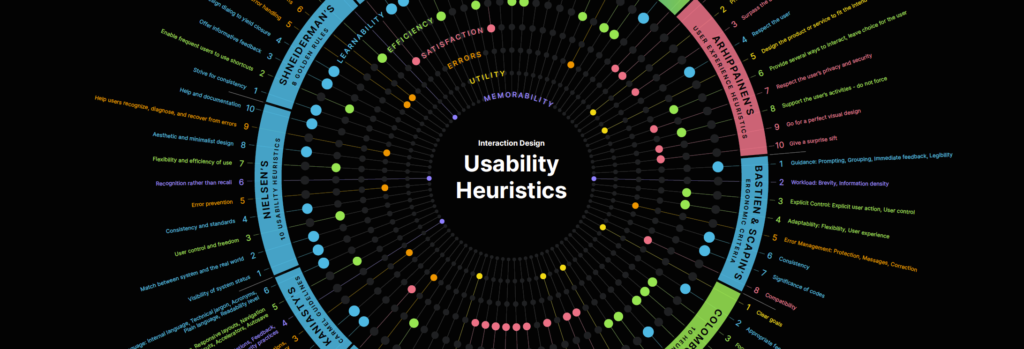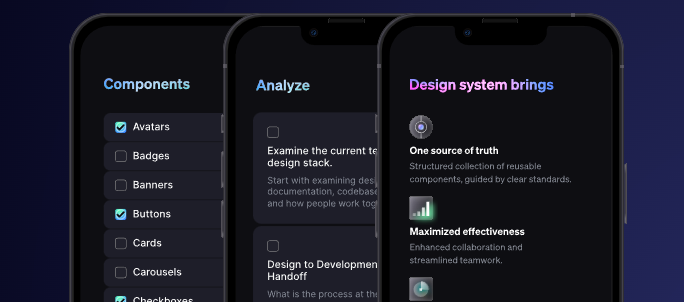Here are some of my favourite books, all about Game Dev:
Game Design:
- The Art of Game Design: A Book of Lenses, Third Edition, by Jesse Schell – https://amzn.eu/d/2fQbAW2
- Glued to Games: How Video Games Draw Us In and Hold Us Spellbound, by Scott Rigby Richard M Ryan – https://amzn.eu/d/bzfmogI
- The Gamer’s Brain: How Neuroscience and UX Can Impact Video Game Design, by Celia Hodent – https://amzn.eu/d/e41Kj8T
- A Theory of Fun for Game Design, by Raph Koster – https://amzn.eu/d/4uH4C08
- Level Up! The Guide to Great Video Game Design, by Scott Rogers – https://amzn.eu/d/4UAge2E
- Fundamentals of Game Design, by Ernest Adams – https://amzn.eu/d/4B1Qm3x
- Game Feel: A Game Designer’s Guide to Virtual Sensation, by Steve Swink – https://amzn.eu/d/f9jj6pd
- Game Balance, by Ian Schreiber, Brenda Romero – https://amzn.eu/d/6loa1zS
- The Role of a Great Game Designer, by Richard Carrillo – https://amzn.eu/d/6ADAaoG
Development:
- Agile Game Development: Build, Play, Repeat, by Clinton Keith – https://amzn.eu/d/ceC9ljz
- The Game Production Toolbox, by Heather Chandler – https://amzn.eu/d/2mWWb4U
Game Leadership:
- Who Moved My Cheese?, by Dr Spencer Johnson – https://amzn.eu/d/gRwJzKt
- Our Iceberg is Melting, by John Kotter – https://amzn.eu/d/cAslF2c
- The Phoenix Project, by Gene Kim, Kevin Behr, George Spafford – https://amzn.eu/d/9b7sr2W
- Freakonomics: A Rogue Economist Explores the Hidden Side of Everything, Steven Levitt – https://amzn.eu/d/0GoguTi
LiveOps:
- Games As A Service: How Free to Play Design Can Make Better, by Oscar Clark – https://amzn.eu/d/7UpVc0l
- Running a Successful Live Service Game: Live Outside of Game Updates, by Sergei Vasiuk – https://amzn.eu/d/4Wt55sA
Business:
- Up Down Up: Why Some Game Companies Succeed, While Others Fail, by Kim Nordstrom – https://amzn.eu/d/1TviKkq
- Blood, Sweat, and Pixels: The Triumphant, Turbulent Stories Behind How Video Games Are Made, by Jason Schreier – https://amzn.eu/d/9VdFq1e
- A Practical Guide to Indie Game Marketing, by Joel Dreskin – https://amzn.eu/d/2olIBb3
- Press Reset: Ruin and Recovery in the Video Game Industry, by Jason Schreier – https://amzn.eu/d/6SoA4r8
- Significant Zero: Heroes, Villains, and the Fight for Art and Soul in Video Games, by Walt Williams – https://amzn.eu/d/2mLGWgj
- Changing the Game: Discover How Esports and Gaming are Redefining Business, Careers, Education, and the Future, by Lucy Chow – https://amzn.eu/d/bvVUO5s
Community:
- Gather: How to Build a Mission-Driven Online Community, by Bex Band – https://amzn.eu/d/gRwJzKt
- Social Architecture: Building On-line Communities, by Pieter Hintjens – https://amzn.eu/d/4QGPqw9
- Buzzing Communities: How to Build Bigger, Better, and More Active Online Communities, by Richard Millington – https://amzn.eu/d/5aCKkm3






